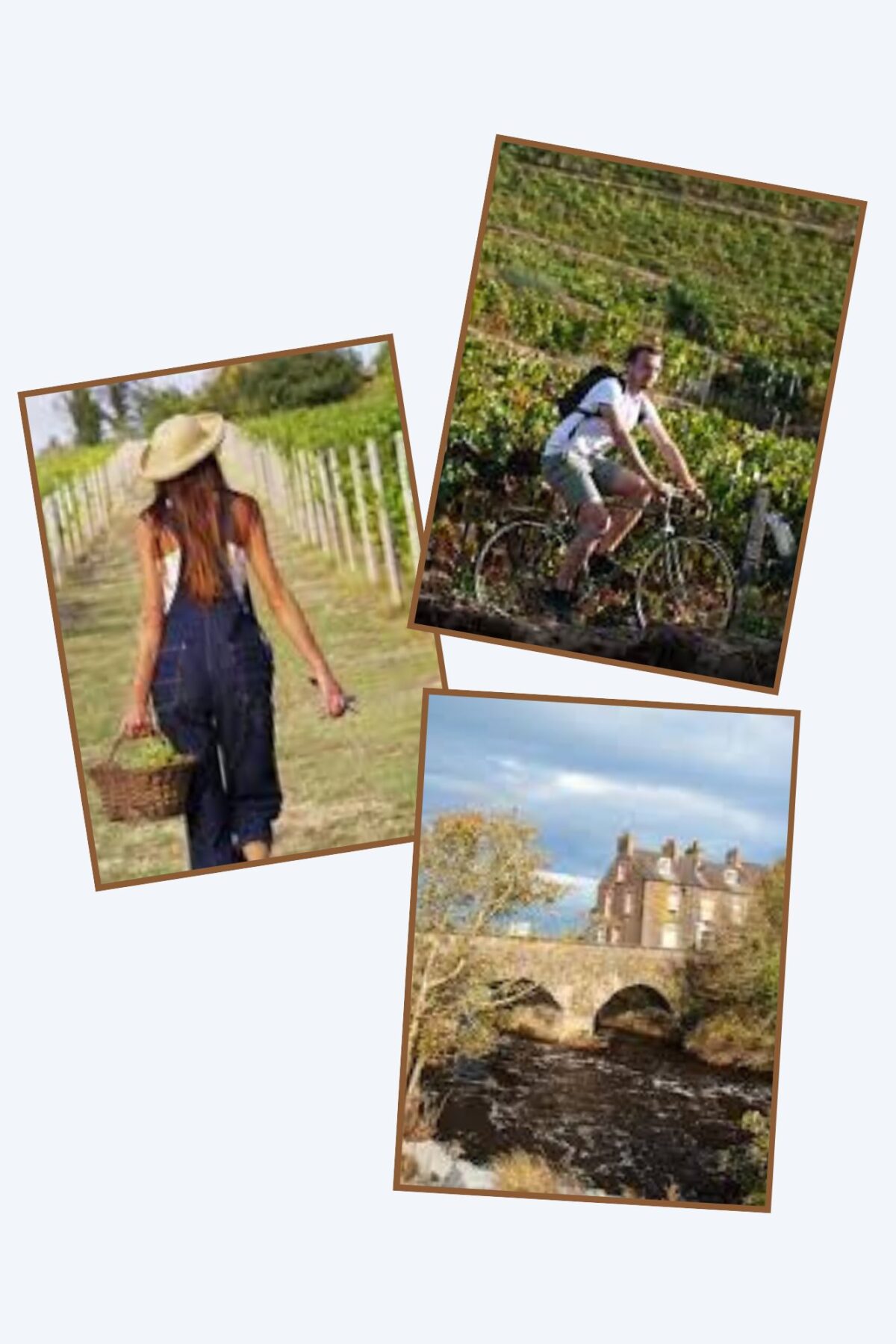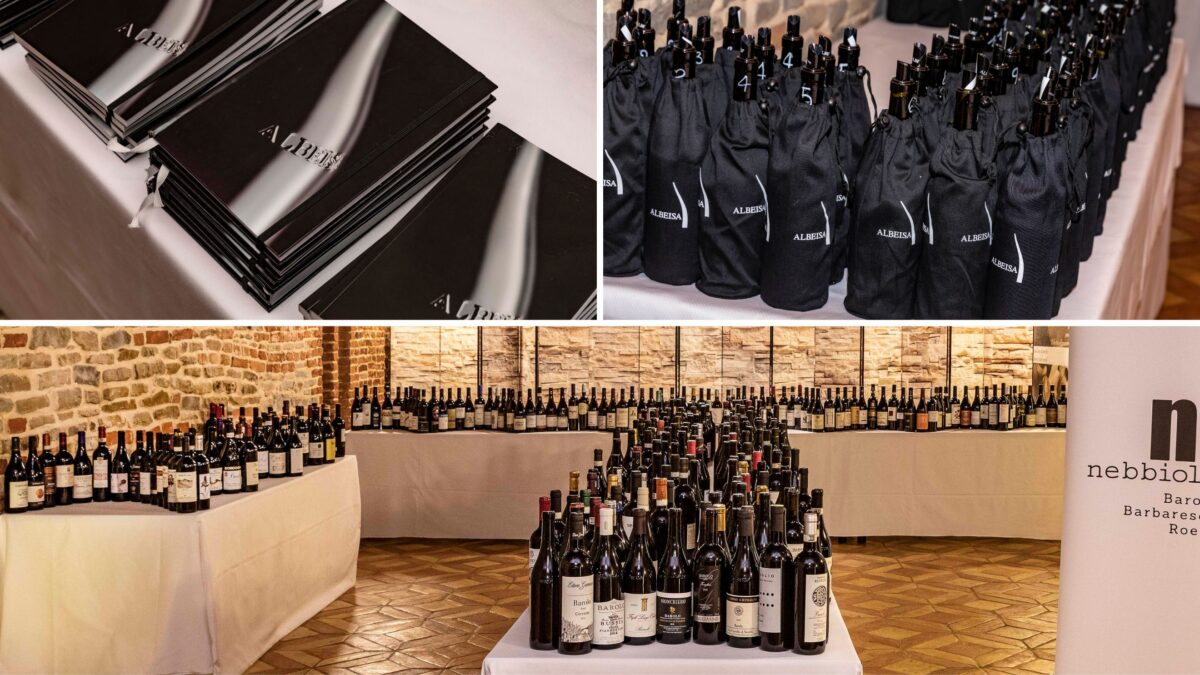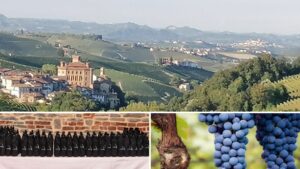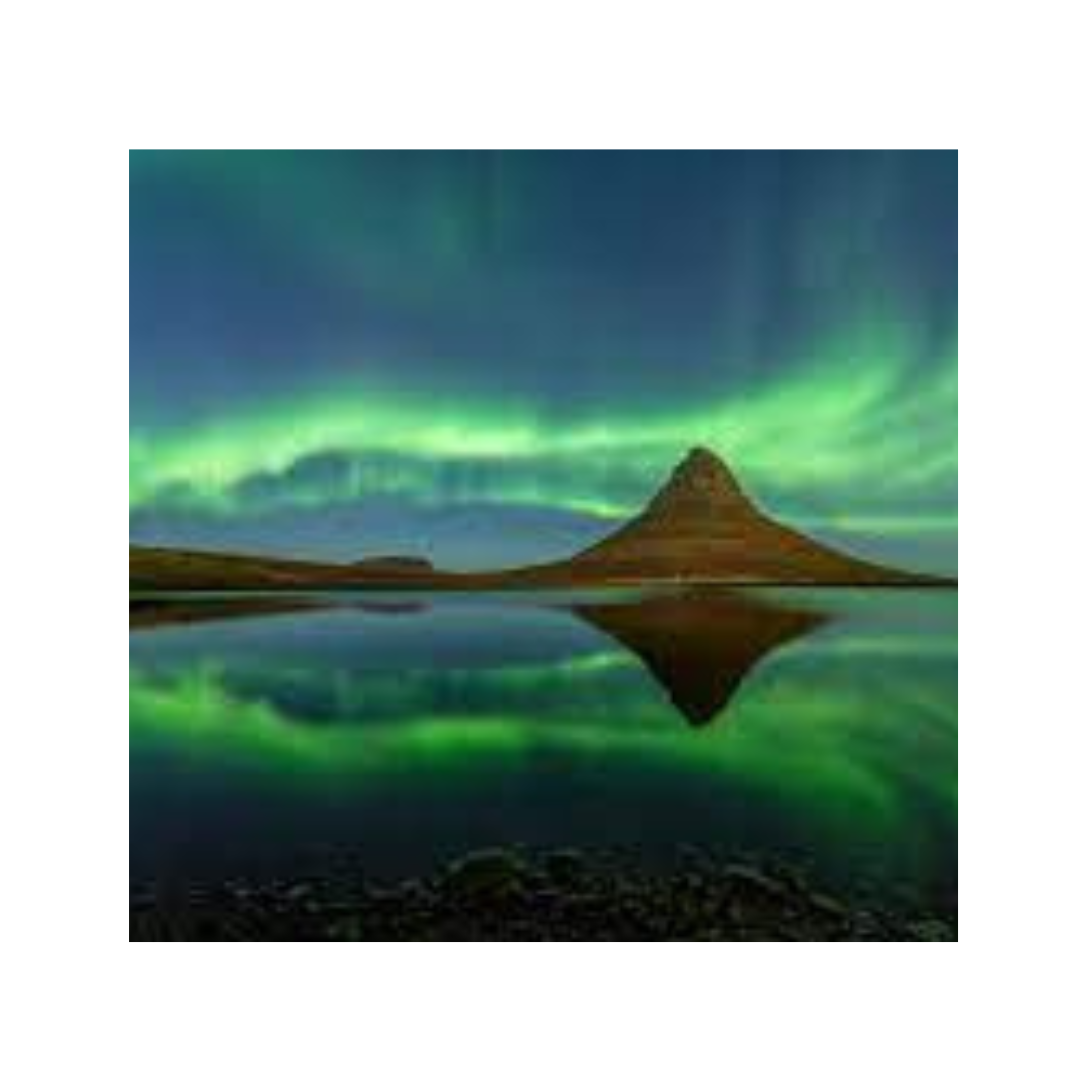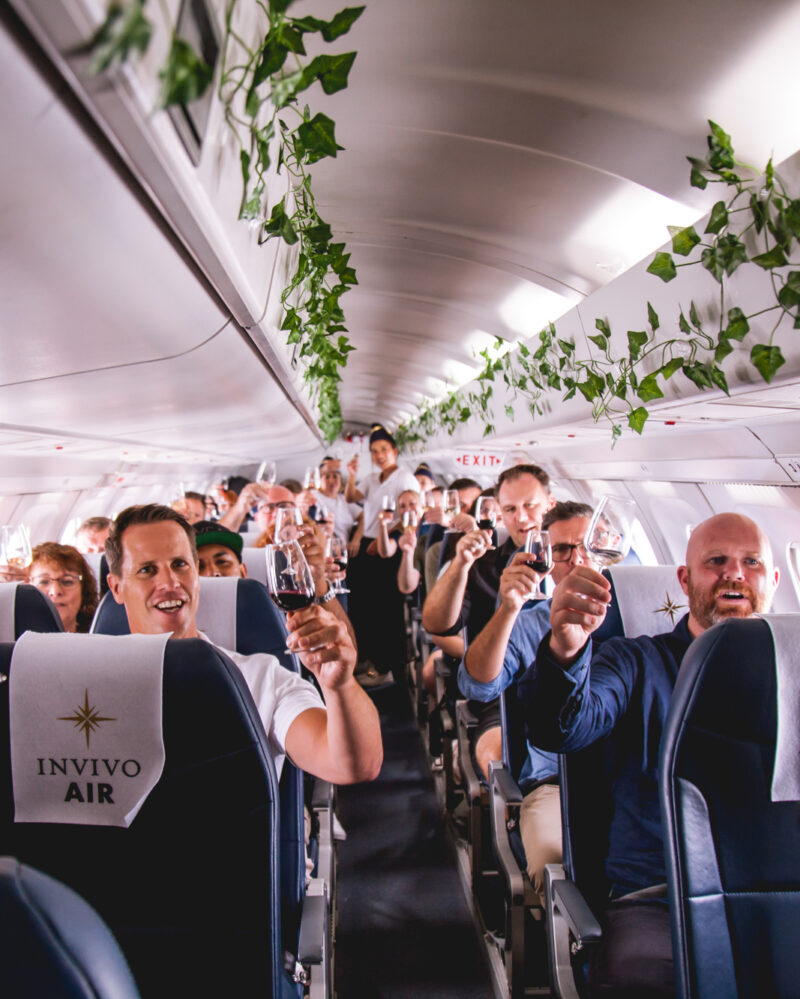The Think Tank on Talent in Wine Tourism took place March 23 and 24 2023, ahead of the 7th UNWTO World Conference on Wine Tourism, November 2023 in La Rioja, Spain.
The overall objective was to address the current situation of wine tourism training at the international level and to identify the specific training needs to respond to the demands of the sector in the coming years.
The Think Tank was Jointly organized by the Government of La Rioja and the Ministry of Industry, Commerce and Tourism of Spain, in collaboration with the World Tourism Organization. The Think Tank’s 2-day event: the first day was a closed meeting with key relevant experts in the sector, as well as representatives from wine tourism territories from around the world; and the second day was a series of sessions open to the public.
Here is day two of the programme:
- 7th UNWTO Global Conference on Wine Tourism presentation – Maria Soledad Gaido, Technical Coordinator, Tourism Market Intelligence and Competitiveness, UNWTO
- Enorregion Strategic Project Presentation – María Jesús Miñana, General Director of Agriculture and Livestock, Government of La Rioja; Pilar Vargas, General Director of the University and Scientific Policy, Government of La Rioja; and Ramiro Gil, General Director of Tourism, Government of La Rioja
- Introduction to Wine Tourism Training
Panel 1. Origin – Wine Tourism and Training Resources
Rainer Brusis, Director, Innovation Management
Marianna Sigala, Director, Centre for Tourism and Leisure Management (CTLM), University of South Australia (Australia)
Gergely Szonloki, professor of Market Research, Geisenheim
University / Member of the OIV/UNWTO Working Group (Germany)
Panel 2. Destination – Wine Tourism Prospects and Future Profesional Skills
Manuel Romero, Director, Dinamiza Asesores
Claudio Cilveti, President, Enoturismo Chile
Catherine Leparmentier, Managing Director, Great Wine Capitals
Global Network / Oenotourisme et Réseaux Internationaux,Chamber of Commerce And Industries (France)
Niklas Ridoff, CEO, WineTourism.com (Sweden)
Tamuna Kakhidze, Chief specialist, Department of Tourism
Product and Infrastructure Development, Georgian National
Tourism Administration (Georgina)
Panel 3. Action plan – Challenges of Wine Tourism Training
Eduardo Fonseca, Vice Chancellor for Research and Internationalization, Universidad de La Rioja
Eduardo de Diego, Director of Communication and Head of International Relations, Federación Española del Vino
Paula Sousa, Wine Tourism Consultant, Lisbon School of
Economics & Management (Portugal)
Mariette Du Toit-Helmbold, Chief Destineer, Destinate (South Africa)
Watch this space for Part 11 which will include new ideas and solutions the panel members have come up with, and published via report and/or research in the near future.

